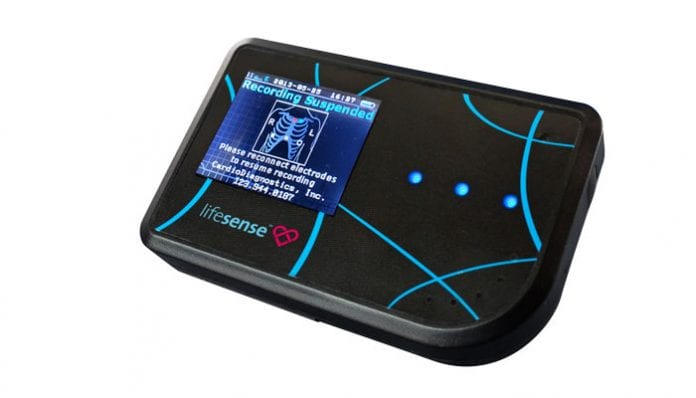A heart attack has always been a very tragic and sudden incident, and sadly this had happened to many Cardiac patients. At the hospitals, for many cases, doctors stated that it could have easily been prevented if there was a way for them to get signals before it actually happens.
CardioDiagnostics, which was founded by Ziad Sankari, makes the LifeSense, an innovation that allows patients to go about their daily lives freely while having a cardiologist remotely monitoring the patient’s heart, this innovation will also allow physicians to have immediate access to data that will be available at monitoring centers. Mr Sankari lost his father when he was 17 due to a heart attack which could have been prevented if doctors were given prior notice.
People want to perform their daily tasks and live their lives as they please, and that can’t be done through current cardiac monitoring technology, but with mobile the ability to remotely monitor patients with cardiac problems.
This device uses an algorithm that is capable of analyzing any heart activity, as it can also detects when certain problems will happen. This product will connect to other devices (wearable devices) via the cloud, which will allow the people at the monitoring centers to keep a constant eye on the patient.
Initially, Sankari and his group were unable to build the product and technology to meet the needs of the market, so they turned to Microsoft Azure Technologies for scalability and availability. The platform already complies with the Health Insurance Portability and Accountability Act (HIPAA), which claims to be able to provide the utmost secure medical technology for dealing with patients data.
The product itself weighs about as much as a cell phone, and comes in a pouch allowing patents to strap it on to their wrists or attach it to their belt. This product allows patients to go about their daily lives as they would, this includes traveling and exercise. The LifeSense device can also be charges while being worn. Cables connect to the device via electrodes that will attach in certain areas of the body specific to monitoring the heart.
If the patient feels any sudden symptoms they can manually press the trigger to send a signal of distress to a monitoring center. This device allows the patient to be monitored anywhere in the world via the cloud.









